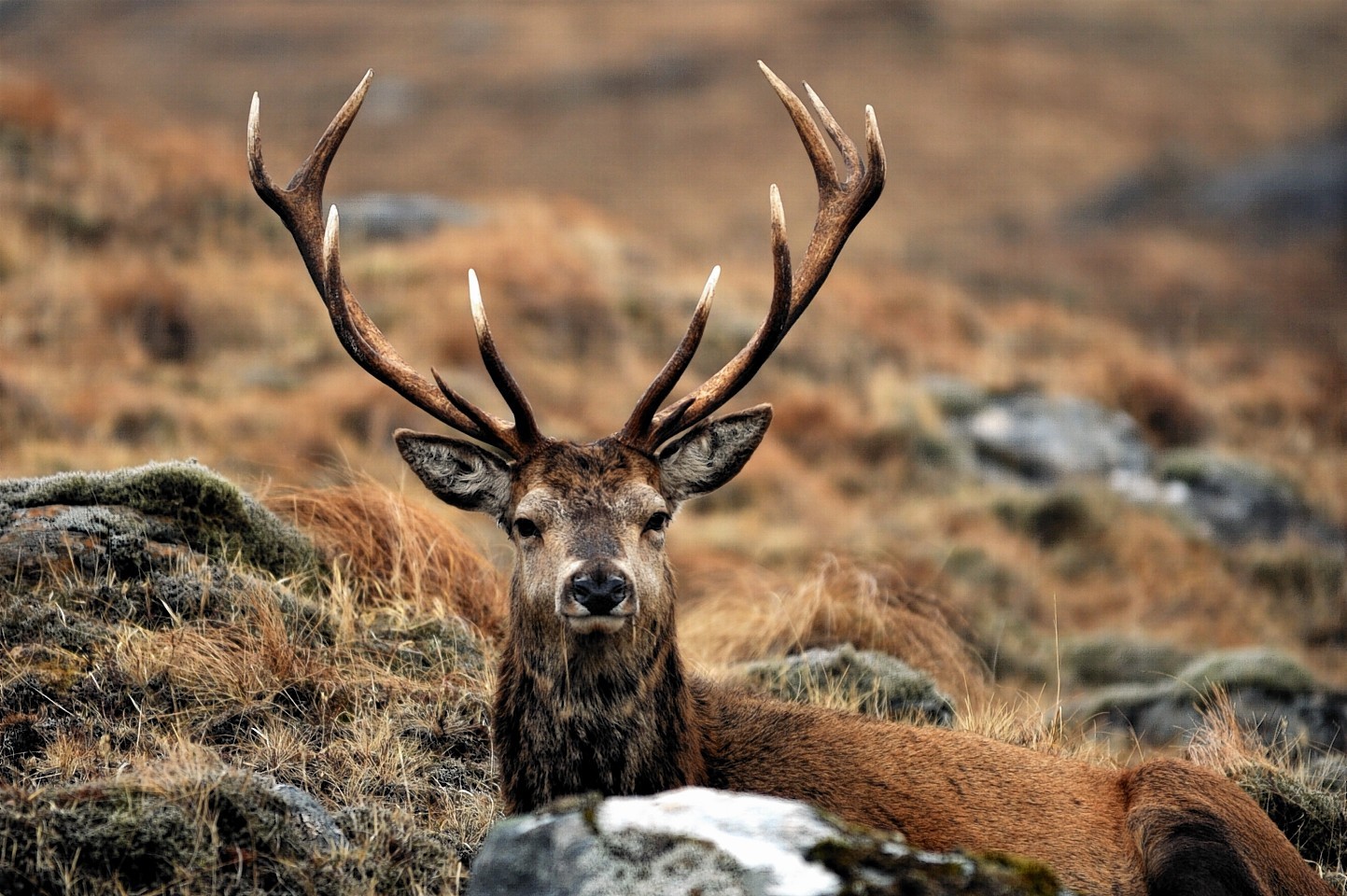Gamekeepers in the north claim the red deer population is reaching “crisis point” because of the indiscriminate shooting of animals which are too weak to escape.
And stalkers are warning their jobs are being put at risk because the out-of-season culling of the beasts is wrecking their industry.
Workers on sporting estates in the Knoydart area have laid the blame at the door of conservation groups, such as the John Muir Trust, which also manages land on the remote west coast peninsula.
Graham Waugh, head gamekeeper at the Barisdale Estate on the shores of Loch Hourn, said the trust had killed large numbers of stags over the winter, leaving far fewer to support the estate in the summer.
The John Muir Trust said it could not comment on the accusations, but last night Scottish Natural Heritage, which licenses culls, said land managers had to work together for “effective deer management”.
Mr Waugh, who has 34 years experience as a gamekeeper, said that on the 26,000 acre Barisdale Estate alone the stag population has dropped from 1,000 to just 350 in the past decade.
And for the upcoming seasons, the estate has cut the total number of deer that it will be tracking to just 10 stags and no hinds because herd numbers have dwindled to such a low level.
He said: “It’s a problem right across Scotland, not just in our little corner, and the public need to know what’s going on.
“During the season when we are stalking stags, we go out and find the right one and it’s a very controlled process. We are lucky if we get two a day and quite often we go out and come back with nothing if the circumstances aren’t right.
“Basically out of season if you wanted to you can go out and slaughter them because they’re too weak to even run.
“It’s like shooting fish in a barrel.”
Mr Waugh said the practice of shooting in winter was unfair on the stags – and potentially damaging to Scotland’s £350million country sports industry.
He added: “It’s putting a real strain on the estates, which don’t make money at the best of times.
“It will not be long before jobs are at risk.”
Donald Cameron, gamekeeper at neighbouring Kinloch-Hourn Estate, added: “The deer are getting scarcer and scarcer.
“This business of shooting them out of season is really not on.”
Another neighbouring estate at Kingie reported that it could sustain nine stag shoots in the season, where 25 years ago it could support more than 40.
The John Muir Trust has previously said its aim is to “manage the number of deer on our properties by culling in order to encourage and facilitate natural processes”, and that culling is necessary because of the animals’ impact on other species and habitats.
The stag shooting season runs from July to October, while hinds are normally culled over the winter.
Robbie Kernahan, head of wildlife operations for SNH, said licences for deer culls had to be considered “on a case by case basis” and there were often good reasons for shooting out of season.
“We see the development and implementation of an agreed Deer Management Plan in Knoydart as being critical and have made this clear to the parties involved,” he added.
“There are legitimate reasons for land managers using authorisations to cull deer out of season to prevent damage to the natural heritage, unenclosed woodland, or public safety and SNH consider any application on a case by case basis.”
However, Jamie McGrigor, Conservative MSP for the Highlands and Islands, said these reasons had to be balanced with the needs of neighbouring estates and the wider game shooting industry, which supports 11 000 full-time jobs in Scotland, often in fragile and remote communities.
“Red deer provide very important employment on stalking estates and in rural areas and should only be culled according to age and infirmity,” he said.
“It appears there are separate rules for the John Muir Trust to other Scottish landowners and estates.
“I am told they are shooting deer indiscriminately out of season and they should not be allowed to because it will affect neighbouring estates.”
Allan Bantick OBE, a former chairman of the Scottish Wildlife Trust, said something had to be done to control numbers.
“It is widely understood by conservationists that there are too many deer of all species,” he said.
“If you cut the deer back down to a certain level then they will become beneficial to the environment around them, but left as they are now they are destructive.”
